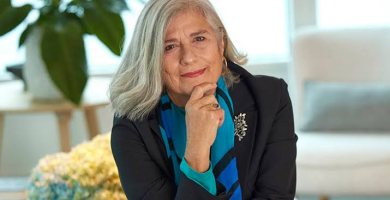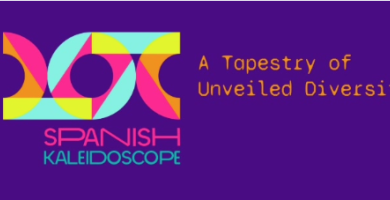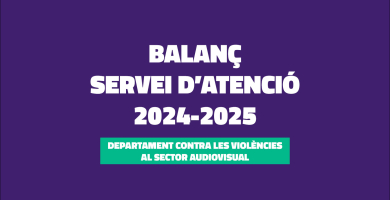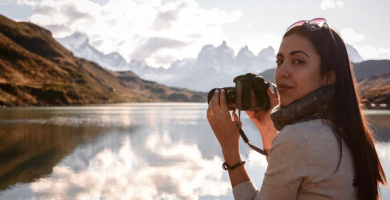
Natàlia Ejarque: "A Green Manager has to be able to talk about figures."
This month we interviewed Natàlia Ejarque, Green Manager of the film Harta, directed by Júlia de Paz and which created a sustainability department for the entire creation process starting from the script.

Ejarque began her career in CSR (corporate social responsibility). She worked in Belgium in a broad network of NGOs called Can Europe, which listened to all the climate problems of European Union countries, and in the United Nations Climate agency. Later, she studied a master’s degree in executive production at PROA during which she supported sustainability. She is currently part of the sustainability department of the CCMA and combines this with sustainability in other audiovisual productions, such as the film Harta and the series This Is Not Sweden, which both filmed in Barcelona.
What was your first experience in the world of applied sustainability?
Fasten was the first production company to offer me an initial opportunity with a small film, The Open Body, a coproduction between Galicia, Portugal and Catalonia. I couldn’t even go there; I had to do everything online with a girl that they designated who was my face and eyes there. I established certain measures which were more to do with respect for the environment, because they were filming in protected regions. It also affected aspects like catering, water use, everyday things, but which have a great impact. Especially a reduction in transport, rather than issues of energy. We drafted a report of things that we had done, that we had proposed to do and that we had or had not achieved, things that it was directly not possible to do, opportunities for improvement. It was good practice.
At that time, if you looked at the 2030 Agenda and the Next Generation funds, it was obvious that they would only fund projects which were aligned with the sustainability goals. Catalonia has always been closely connected to Europe. And the ICAA did the same, requesting a strategy. It’s then that you say: “something’s happening”. From then on everything advanced very quickly. People connect you to it; they remember you from the master’s degree when you insisted on the issue of sustainability. A few months later, the first Catalan guide came out in Sitges thanks to the Cataluña Film Commission in connection with the Trentino Film Commission. They presented a workshop there which was being held for the first time and I registered to have this information.
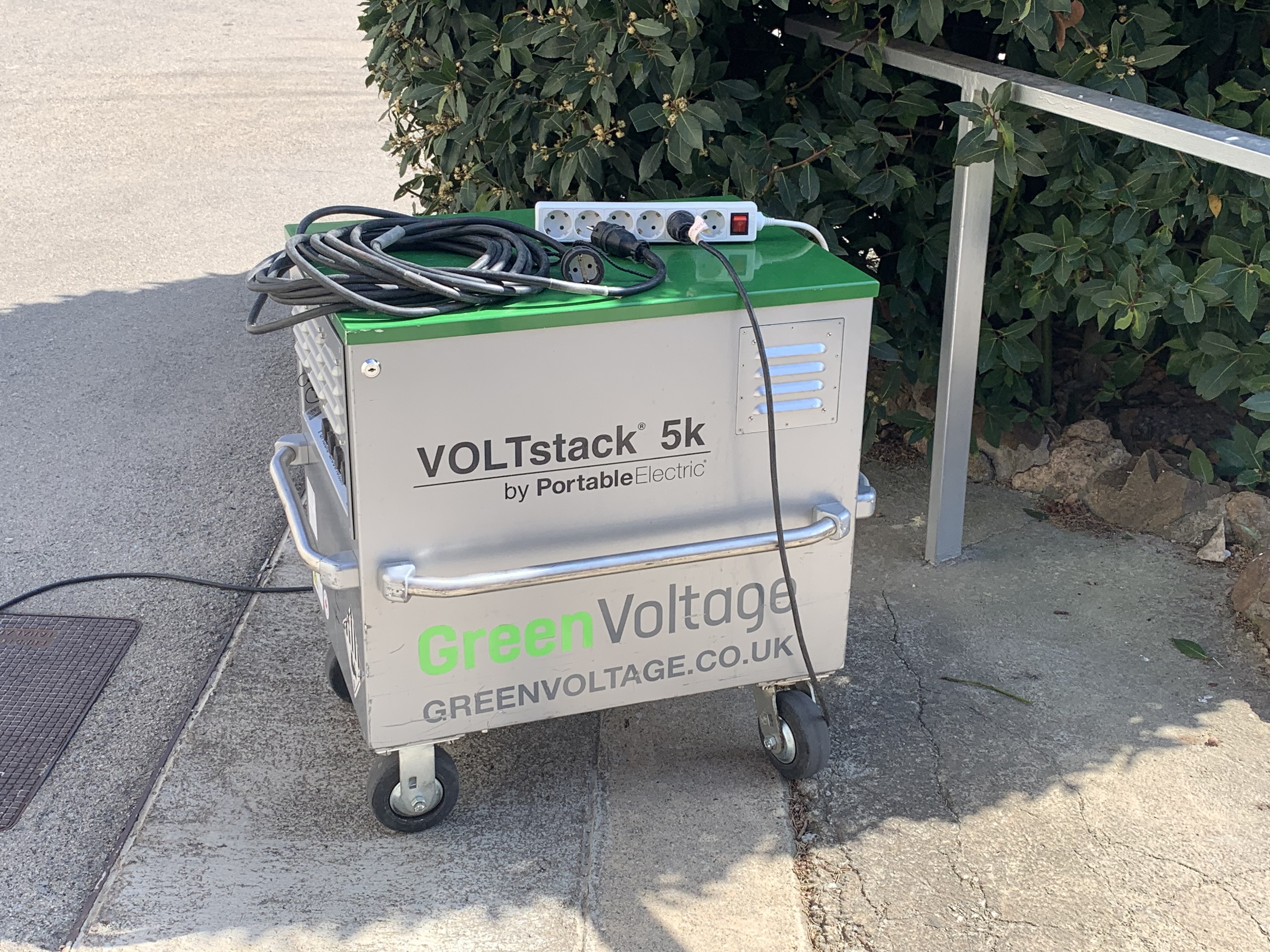
You trained a little through practice, since there isn’t much official training. Is that right?
You’re joking! There isn’t even a name for it. They’ve called it ECO PA, which is production assistant, but there are many levels. The manager who has one degree more of coordination. The consultant who usually has to have a profile more of an environmentalist, but with training somewhat more toward the ability to know how to do an ISO or an audit. All this will take shape, but when I started to study it didn’t even have a name.
They asked me the same question in 2020 on presenting the master’s degree project. “What would you call this? Are you saying there’s a new department?” I told them it’s related to production, because it’s hybrid and covers many sectors. I always told them: “we must train; we must know how to do it for when it arrives and becomes compulsory”. If you’re an electrician, you won’t know overnight how to illuminate with LED, for example. There’s a real factor of training for everyone. A network is beginning to be formed.
There’s a consultant, who is someone who helps you to do the plan, there’s someone who’s in the middle, who was me, who is part of the production and of access to production, and then maybe someone who’s somewhat more always on the battlefield. That’s who in the end helps you somewhat more with the more practical aspects and fulfilment of the plan. I’ve often had to have a hybrid role between the last two.
Is what’s being requested changing a lot?
In public institutions it began being an asset and it will gradually become compulsory. In the ICAA they’re already talking about a sustainability department. I think it’s very good because, when you want funding, they ask you to send a detailed budget of how you’ve divided up your film. In This Is Not Sweden or Harta, there’s a budget linked to sustainability. At least you’re adding a salary, if you add someone. And certainly, if you certify, because there’s a cost which is the certificate, the audit. Even if it’s €1,000. Everyone was asking you for a sustainability strategy, but they didn’t provide the budget. Of course sustainability will be expensive if you don’t foresee it in advance. Precisely in Harta we made savings in disposable material, and in catering in itself, because we changed the proposal. There was no veal, or soft drinks, and we reduced the costs of the catering by €2 per person. If you calculate 50 people for five weeks, that’s a saving of almost €4,000
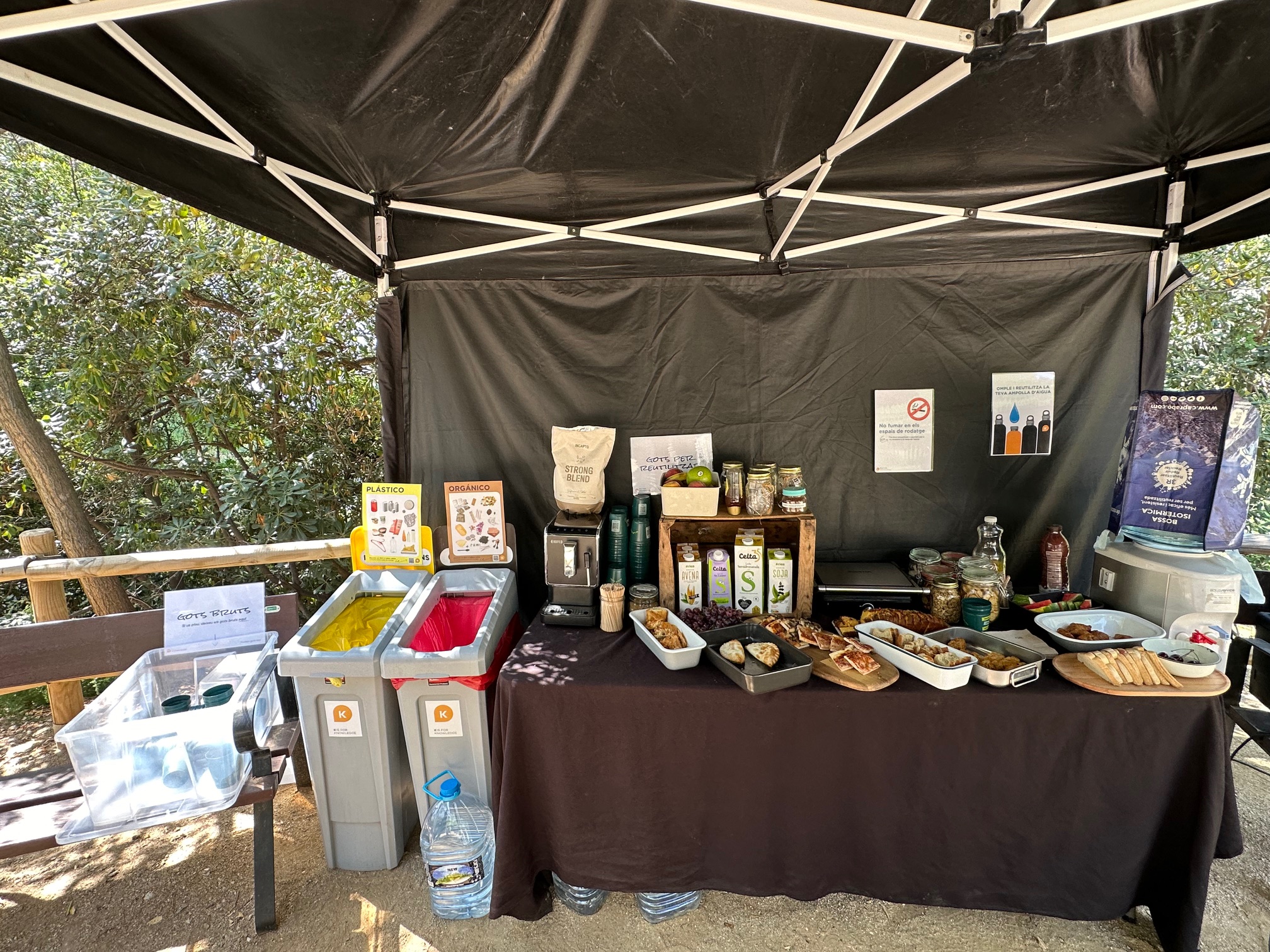
A Green Manager has to be able to talk about figures, because if you talk with the production manager, they’ll want figures; they won’t want an explanation, the emotional part, the impact... They want to know how much it will cost them. If you always create the strategy taking the financial aspect into account, it can open doors for you because they’ll see that it’s not really that expensive.
The ICEC has a subsidy that covers costs if you apply a more sustainable strategy, capped at €20,000, which is a gift. This must be taken into account in the funding. You can have up to a maximum amount of public funding in the total budget of a film. That is, you can’t be 100% public. And if you inflate it with public funding, you don’t know whether they’ll give you exactly...
What you need.
I see it a lot when they ask me when I come in with sustainability, and I ask them about the budget and the need for public funding. Imagine that the public institutions have given you everything you needed. And it’s too late to apply for the €20,000 of sustainability, which would be marvellous. You have to consider it in your funding plan. It must be clear that the film has understood, has studied and has someone right from the beginning.
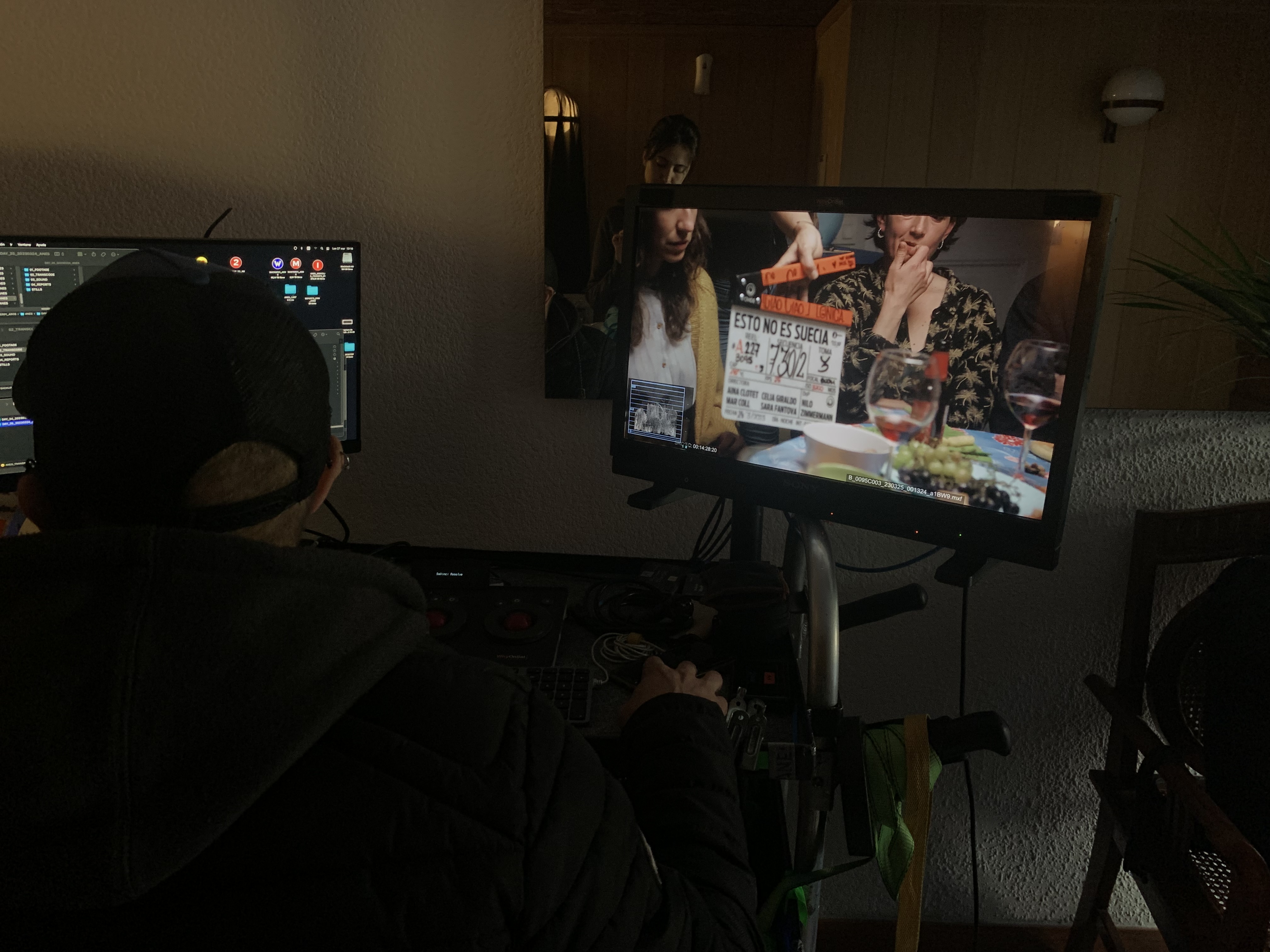
Most productions don’t have someone right from the beginning who’s in charge of sustainability, and this would be ideal. Is that right?
Of course. In This Is Not Sweden they called me and they were filming the following week. We’ve talked about it a thousand times with production, because we have a very good working relationship and we did the first certificate for a series together. We said that it was the first thing to improve. We achieved it, it’s true, and they made a great effort, but it shouldn’t have been from here. They could’ve done it much more calmly and it was absolutely a question of time. It’s very clear for them when the director of photography comes in, or the other directors, the assistants, etc. All this has been carefully studied. But with sustainability, they see one more salary. And the problem is, when you see one more salary, but you don’t understand it, it annoys you. And that’s why it’s very interesting to offer chats to the industry.
In Harta we came in on time. There was a very good link with the executive, and she was working from April 2023 to June. Things happened, but we were able to do it calmly. They understood it and we held talks with them. But, really, I think a very important part involves understanding with whom you’ll be working, which in the end is with production, and that they understand it.
Assertive communication involves both the conveyor and the recipient. You can explain it, but if the other person doesn’t want to, they won’t understand. There’s an important part that isn’t being talked about much, because it’s not of interest. I think that both Oliver (Lupiañez from K is for Knowledge) and I have tried to do it, but there are very tough moments. Sometimes you’re called into question, there isn’t much of a team spirit, as if you were challenging something or auditing. It’s not at all like that. In actual fact, it works in a very cooperative manner.
You have to know what the situation is. There are people who think it’s all a lie, that they recycle everything on-site. That they take four things of greenwashing and then sleep easily making zero effort. Until you actually work and have examples, you always have this sensation that the producers want points. The industry is still too immature to accept it. This practice hasn’t been implemented over many years and it’s not a question of trust; it’s a question of lack of practice, of not taking it into account.
The film industry has to get used to it like any other industry and it’s time is arriving now. It isn’t being asked to do a lot of research; there are already many offers arriving with it incorporated, like in lighting. Maybe at present they have a higher price because they need to recover the cost of a new technology. But it can be done in the short term, and moreover with subsidies that can cover it. There’s a very important message which is that we’re already doing many things. There are other aspects where we can still do much more.
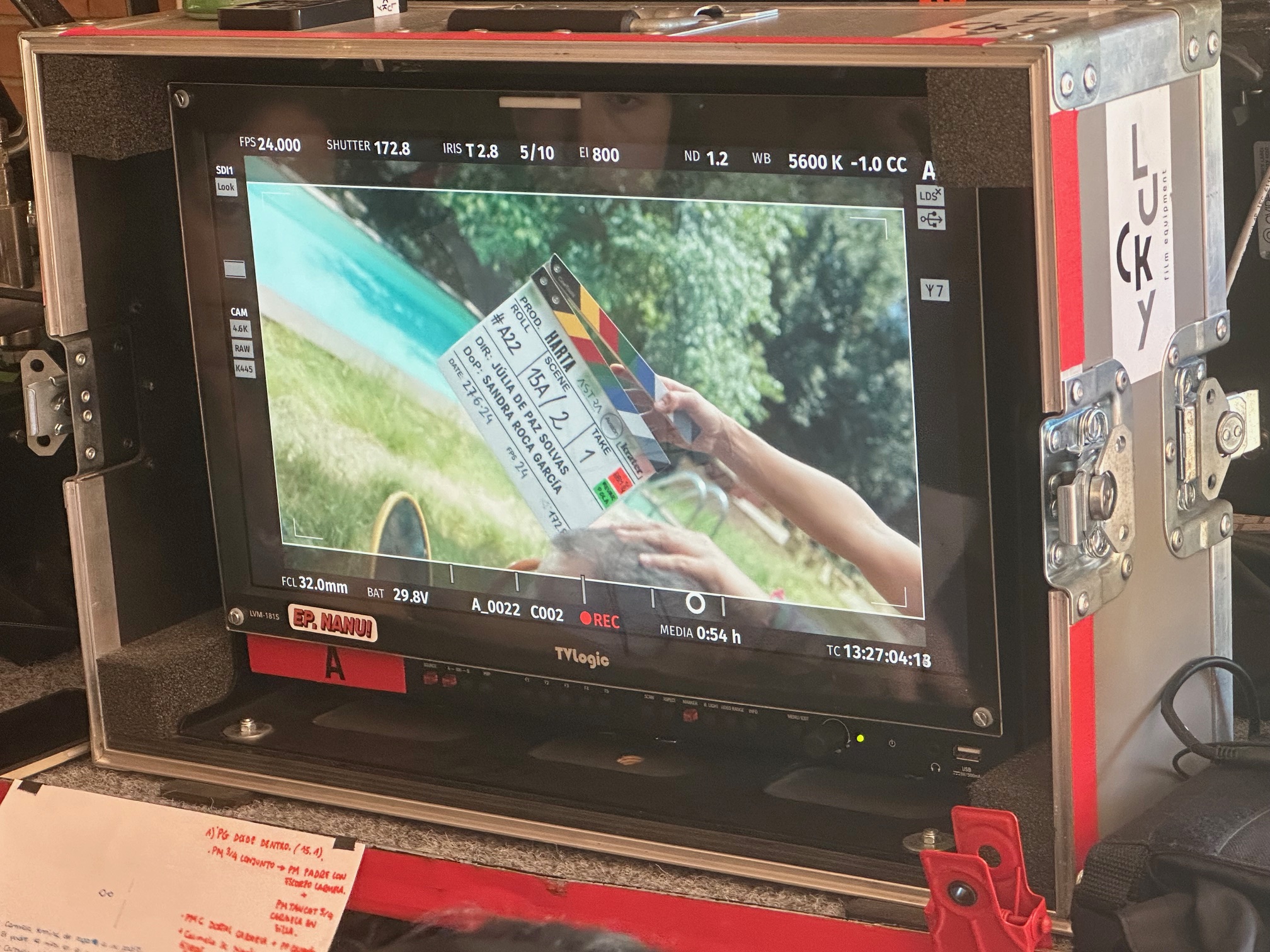
How did you apply this in Harta? Did you create a specific sustainability department?
Right from the beginning, with Sergio, the executive producer from Astra (one of the producers of Harta), we considered that the film had to be another pilot for cinema. Beyond the artistic proposal that it will have, which is incredible, it was already accepted that we’d have a sustainability plan.
I suggested to Sergio that we should go to a workshop together, because it’s one more distinction and progress on the work. They chose us and it went very well. I already knew with whom I wanted to work for consultancy. I’d worked with Oliver on This Is Not Sweden and I proposed it to him. I closed the catering very quickly, although we didn’t have definite dates, because they’re the most important things.
At the beginning we hadn’t thought of a department. Just like putting it in the budget makes it more present, I think that giving it a team also does. A sustainability department where we put recognized figures, thus giving meaning to what’s explained outside and what we do on the inside. Because in the end everyone says: “eco-consultant, eco-manager, eco-assistant”, and they ask: “okay, but where are they and what do they do”. It was a little like playing with the three figures, although in actual fact I was a hybrid, because there wasn’t an eco-assistant. I asked for one, but it wasn’t possible because, as always… because of the budget. I was a cross between an assistant and management, and Oliver took on the consultancy part with Gabriel. And wow, what a great change, eh? It started as an element to attract attention. And it made perfect sense. Because it was clear for us that our work would be the same, but the production director addressed you differently, for example.
How did the rest of the team take the creation of the department?
There were more questions. Moreover, the people knew that one day we’d be audited, that in some way we were doing the checks. That is, we had to do it well and we had to be able to demonstrate it. This means that people get their act together or that they take it more seriously. Not that they believe in it more, which is the main struggle. Sustainability has this curious link to belief - all the scientific data aren’t enough; you can still believe it or not. But, of course, it’s like a religion, I’m like...
A profit preaching in the desert?
Exactly. You have to be patient. Everyone has an opinion about sustainability. And it becomes a big subject of conversation and the question of your work. There’s a very fine line. Above all, you spend a lot of time going to the different departments to talk, you have a prior meeting with each one, and you ask each one for proposals for actions. For example, in make-up. Now the Green Film also asks for there to be certified products, not tested with animals, that can be recycled, also how we clean and how we manage this make-up, etc.
The first thing I explain is what we want to do, and I therefore also expect them to give me answers. We always ask them if they want us to search for suppliers. In actual fact, we do this and we often propose it, but on other occasions they already used a certain brand, which is logical, it’s their work. They tell you: “I’d love to use these products; the problem is they’re more expensive”. Or the opposite, they’re not. This happened in Harta. The make-up artist told me: “I’m an ambassador for a brand of natural cosmetics; I have the whole set at home, but I don’t bring it because I use the same four brands as usual”. So we studied it.
What does all this lead to, above all? More questions. It’s true that there are people who question it, but others ask you a lot, take a lot of what you say home with them, and explain shocking things that they’ve done in the past or are grateful for the change.
Can you give some practical examples of what you’ve done in Harta?
We didn’t use disposable cups. I found suppliers of reusable cups. It was the first time for them working in film. They can be washed up to 200 times, although we didn’t do it that many. They could still reuse them. We didn’t buy hard plastic cups, which was the first step we took in This Is Not Sweden. They’ll stay with the production company for the next film, which might be in two years’ time. When you go back to this plastic, you probably won’t want it. If we use glass, then we have to carry them. We’ve talked about all the materials possible.
In relation to energy, if you had to pay that much electricity at home... It happens with make-up, for example. All day with the lights switched on. What are they lighting up if there’s no one there? Also you can collect the rubbish and the food that’s thrown away, which the poor production department has to do. Obviously, I had many proposals which clearly weren’t... I wouldn’t say friendly. Such as, for example, that one day a week each department throws out the rubbish. I don’t mean always, but that they experience what it’s like to be in production. As we’re a community, that on the day that’s best for us, talking with the director, they throw away the 40 sandwiches. Because it’s very difficult to manage the surplus; it’s better to reduce the waste from the start. Some people eat three sandwiches; others none. If you assess the whole food proposal, which is outrageous, maybe they’ll do something else if they don’t just see them disappear. This is very clear for production, because they experience it, but all the other departments don’t. They ask you: “do we have to throw this away?” They’re not aware that maybe 40 sandwiches are thrown away every day. It’s complicated dealing with food surplus for health reasons. We don’t want anyone to get food poisoning but if, for example, there was a catering with a link to a soup kitchen, we’d consider it.
In Harta I wanted to use the same catering with which I worked in This Is Not Sweden, because I knew that they started from a stance of sustainability. Thanks to the way they worked and what they were like, they were very willing to accept the changes, challenges, they were eager, they had proposals... that’s what we need right now
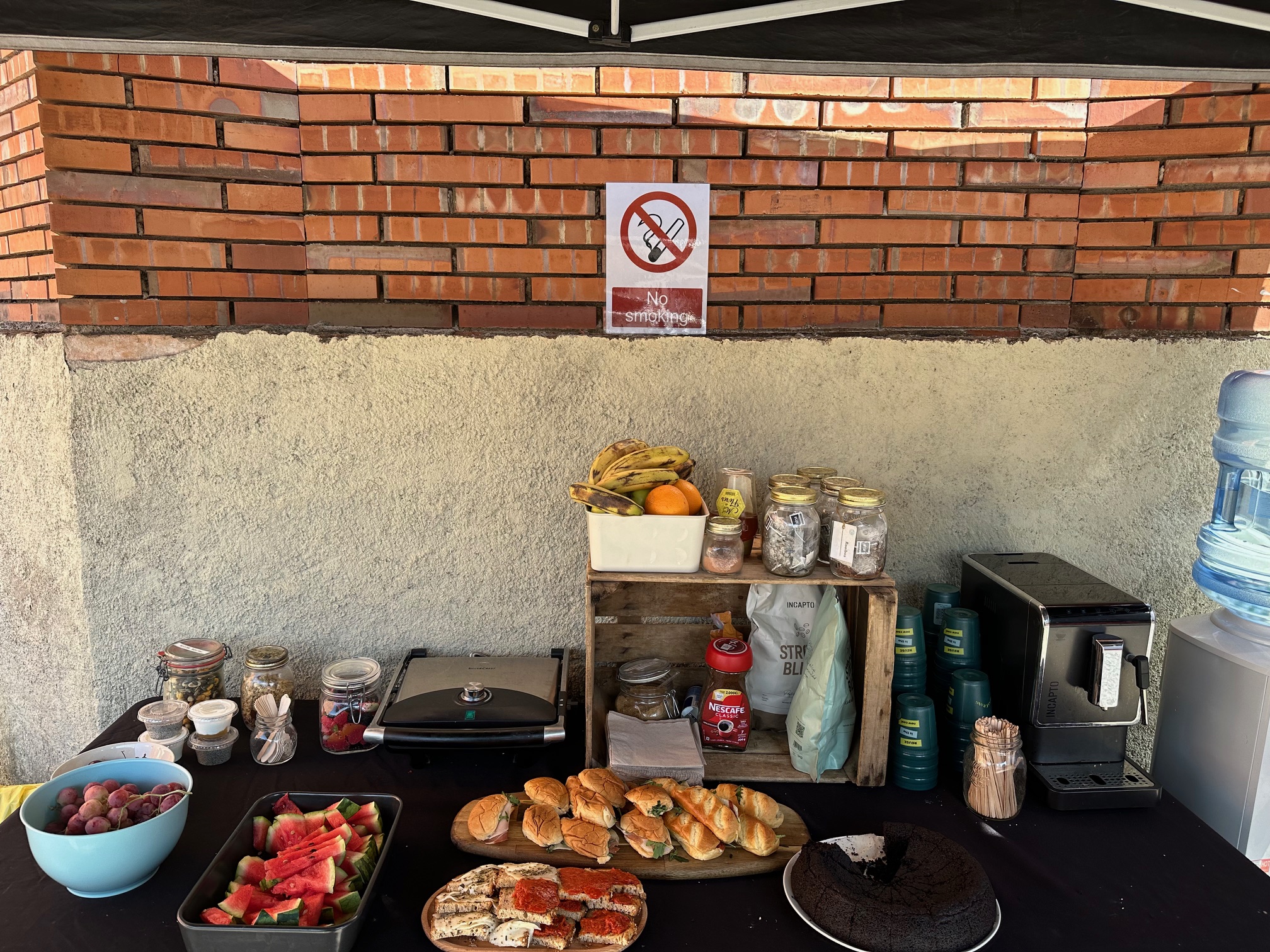
This didn’t solve the problem of getting rid of capsules, for example. Three days into the shoot we were still looking for a machine… In this case it was Incapto. Production, catering and I held a meeting. We decided that catering would be in charge of the coffee machines, which would be rented, but that production would pay for them. Therefore, in the end, we found the perfect machine as regards weight and price, which has worked really well. It was a small automatic bean to cup machine. The last battle I had was with the production director, who said that it would break down and break the rhythm of the shoot. It didn’t even break down once. Apart from the fact that we had four; we used two, and the others were backups. We wanted to comply with a certificate that stipulated the use of coffee beans to achieve the score. I think it’s very logical, because capsules pollute a great deal. Apart from that, there’s a great difference in managing the rubbish without cups and without capsules. Production was always telling me: “the rubbish hardly weighs anything”.
Apart from issues of sustainability in Harta, have you done other things that were nothing to do with it?
I was there right from the beginning. I did pre-, the shoot and closing all the report indicators that we’ll send to Bureau Veritas. I went to Berlin to the Script Lab; they accepted the film in a script lab. We closed the coproduction with Belgium. I was linked more from an executive and production standpoint. I was able to understand very well what the structure is like. I was also able to propose changes from the script. There were two scenes drawing parallels between the father and the girl with a bottle of beer, in which the father plays with the label. Later on, she does the same with a plastic bottle of water. I asked the director if we could change it for one in glass and she said yes. Then there was a birthday party in which we proposed an attractive, but sustainable table. The director was highly involved. We also have to take into account the little that we can say from outside, as an indirect party. We worked on all the axes possible.





